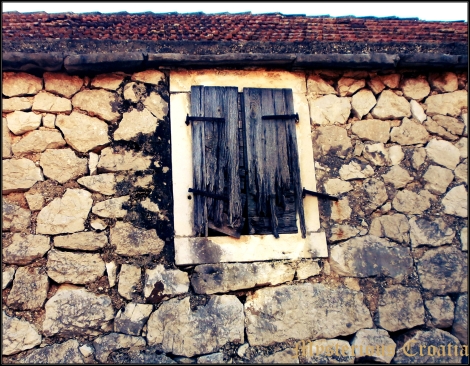
Every time I visit my village, my birthplace, I wonder what was like living 100 years ago in that same place. My house, new and modern, hidden behind old stone houses, mostly ruined is a stranger in the world where hard life was the only life.Would I manage to survive in those conditions? I was born in a time when with just one click on the button I can buy anything I want.
As I walk I am returning to my grandmother childhood seeing old wells full of fresh water, wooden windows on old stone houses, threshing floors with horses and wheat, old village roads leading me to one another life.
Wells, or as we call it gustirna, bunar, cisterna or most commonly čatrnja, were the only source of fresh water. If you had it, especially during warm summer days, you were considered a wealthy man. Today, at least for us in Croatia, where we still have healthy fresh water, same is not a privilege, but as I look at two my family have and this one standing abandon behind my house since beginning of 20th century, I can imagine what water truly meant for these people. Rainwater I had as a child was most probably the best I ever had. Čatrnja was source of water, by that, source of life.
Not so far away from my mother house, there is a threshing floor. I do not remember days when people used it for its primary purpose, but I can remember playing there with my friends. There was a tradition, which in some villages still exist: during summer days, people would hang out together on a local ‘square’ singing, talking, and sometimes even dancing. Of course, kids were interruption so we had to find our own place to play. Threshing floor was a great choice.
Threshing floors are stone circles built close to the house, or one quarter of the bordered space, where in July and August people used to bring loads of wheat, armfuls of miniature broad beans, bundles of grain, loose lentils and dried peas. They were the fruits of the ripened fields and security for a prosperous and wealthy winter.
The stone slabs of the threshing floor were saturated with wisdom and the ability to survive. That is the reason why they looked like plates with food. Filled with seed, they offered safety for the long winter and hungry mouth. As soon as the mules with sacks full of grains set out, the mills released their rollers. The mules returned home bringing sacks overfilled with flour, so that winter days smelled of sweet bread. The bread was baked in the fire place. It was round like the sun with a cross in the middle, and its smell brought the people hope and joy of life for the forthcoming spring.
Reminiscent of granary theatres, the threshing floors slept in the moonlit nights. During festive days, people danced there to the sounds of the instrument called the lijerica, following the rhythm of the human heart, joy and the sun. In the summer the threshing floors saw the change of colors, from golden ears of grain and brown broad beans’ straw to the silky color of sorghum, modul (a sort of lentil) and pea. Children played on the swept clean threshing floor showing the connection between man, the soil, and the barn full of hay, while the threshing floor in the shape of a human eye moved the wheel of life according to the law of receiving and giving.
Nowadays the ancient stone threshing floors have forgotten the handfuls of wheat, the sound of the threshing stick and human footsteps. Over them and the deserted fields, only the little owls fly in the night, while the stars wink at them with their vague promise.
Those times are over. Stone houses are hiding love stories, memories, and life which perhaps was better than today. Back to the city, the noise, empty stories in coffee bars, and marathon called fast life.

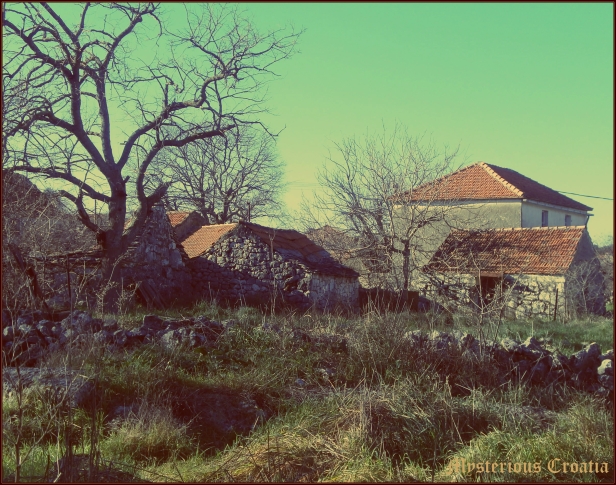
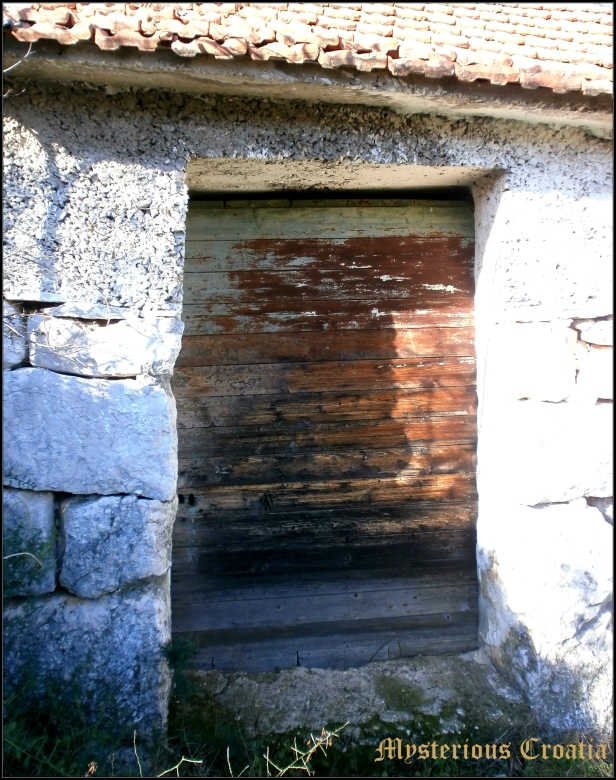
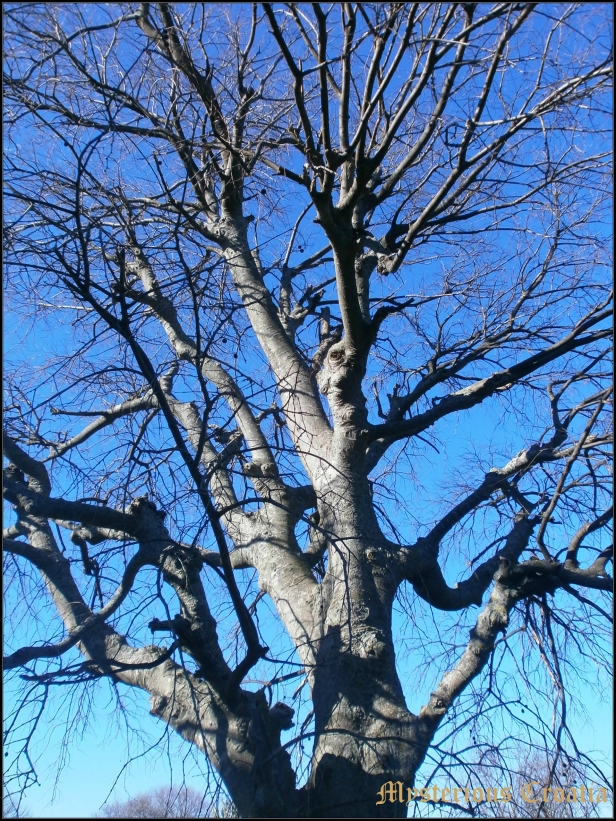
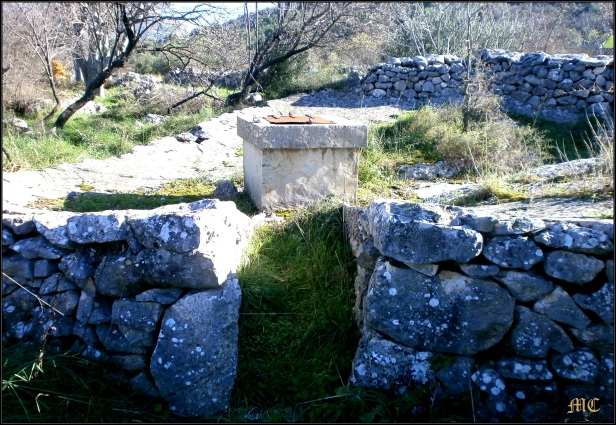
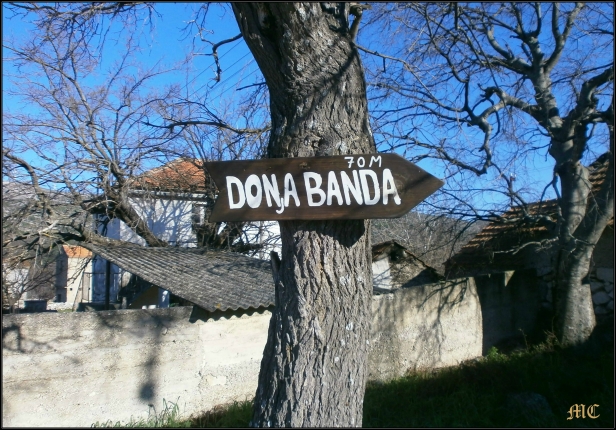
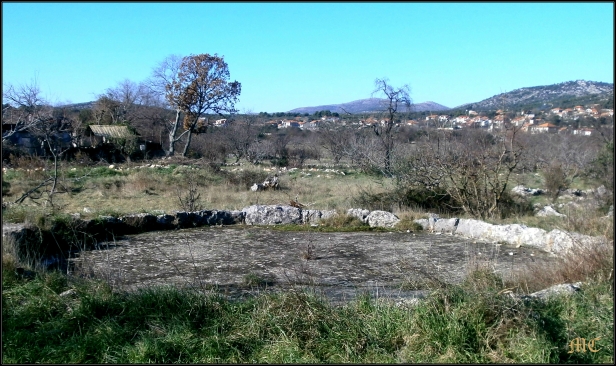
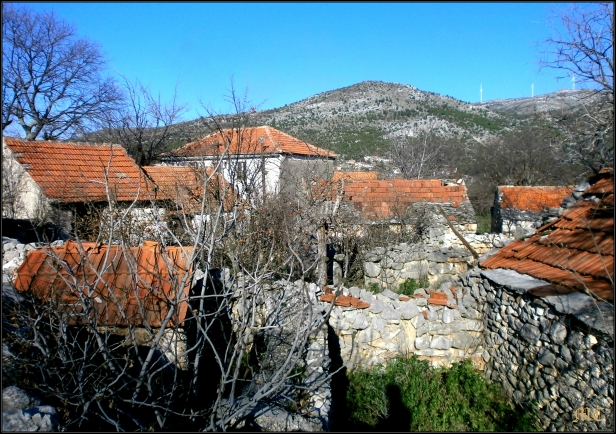
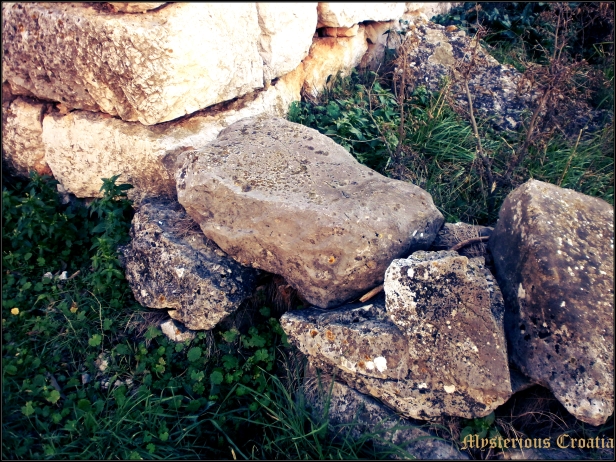
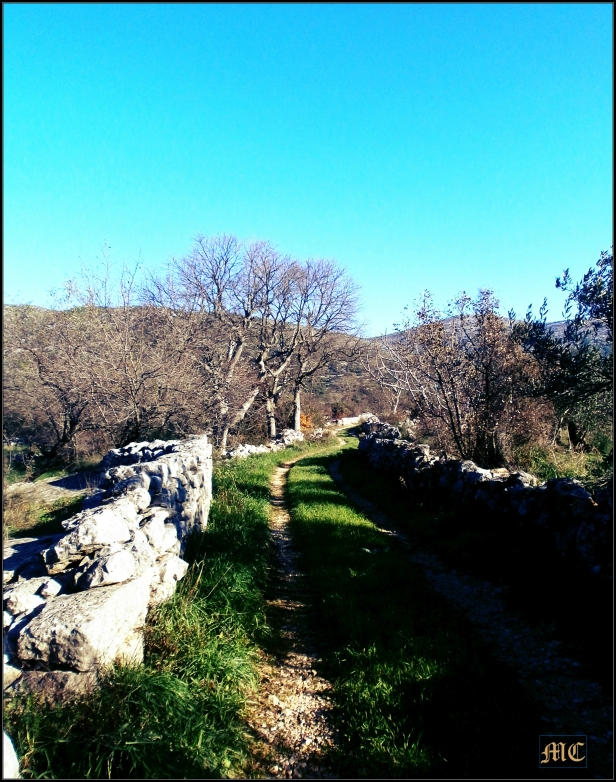
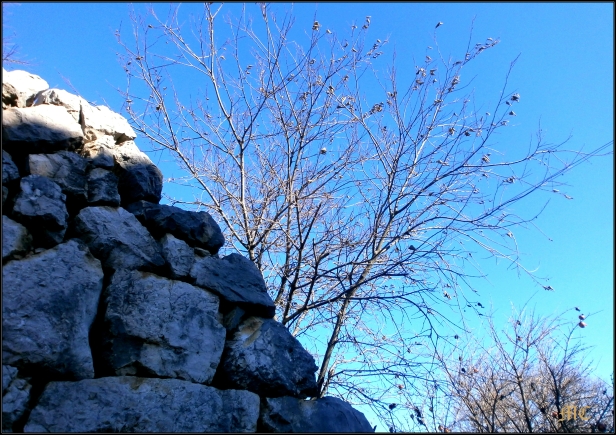
Love the pictures of the dwellings — especially the up close ones! Thanks for visiting my blog! http://ohtheplaceswesee.com
Thank you Rusha…